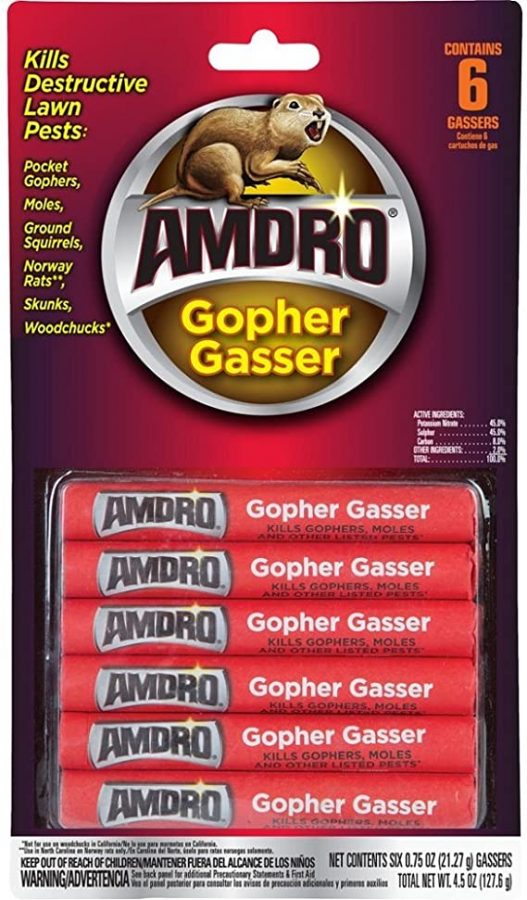No question about it — comfort is top of mind when homeowners are in the market for a new gas furnace.
Everyone wants to be warm and cozy when outdoor temperatures begin to fall, and they want that comfort delivered quietly. That’s why it’s important to add quiet operation to your list of requirements as you shop for a new furnace.
Several factors affect the noise level of a gas furnace, beginning with the unit’s efficiency rating. In the case of gas furnaces, efficiency is expressed as an annual fuel utilization efficiency, or AFUE, rating.
AFUE ratings range from a minimum of 80 percent to a maximum of 98.5 percent and represent the ratio of fuel that is converted into usable heat. In other words, the highest-performing furnace converts 98.5 percent of its fuel into heat. The remaining 1.5 percent is lost through the exhaust.
Generally speaking, the more efficient a furnace is, the quieter it operates.
Single-stage, two-stage or modulating technology also impacts furnace sound levels. Traditional single-stage gas furnaces operate much like a light bulb — they are either on or off. This can create highly noticeable fluctuations in temperature and sound in your home, as the unit turns on and off frequently.
Two-stage gas furnaces offer an intermediate level of performance. Operation varies between first and second stage based on demand, resulting in fewer stops and starts and quieter operation, especially when the unit is running at the lower first stage.
Modulating gas furnaces maintain an ideal temperature by modulating heating levels in small increments. Comfort is dramatically increased as the furnace adjusts its level of operation up or down to offset the rate at which heat leaves your home.
At the same time, operation is considerably quieter — in the case of variable-speed models, as much as 24 times less noisy than conventional furnaces.
Finally, the size of ductwork can impact sound levels. So when you select a furnace, be certain your ductwork is large enough to accommodate the airflow — measured in cubic feet per minute — the furnace pushes.
Ductwork that is too small can result in whistling sounds throughout the system.
























